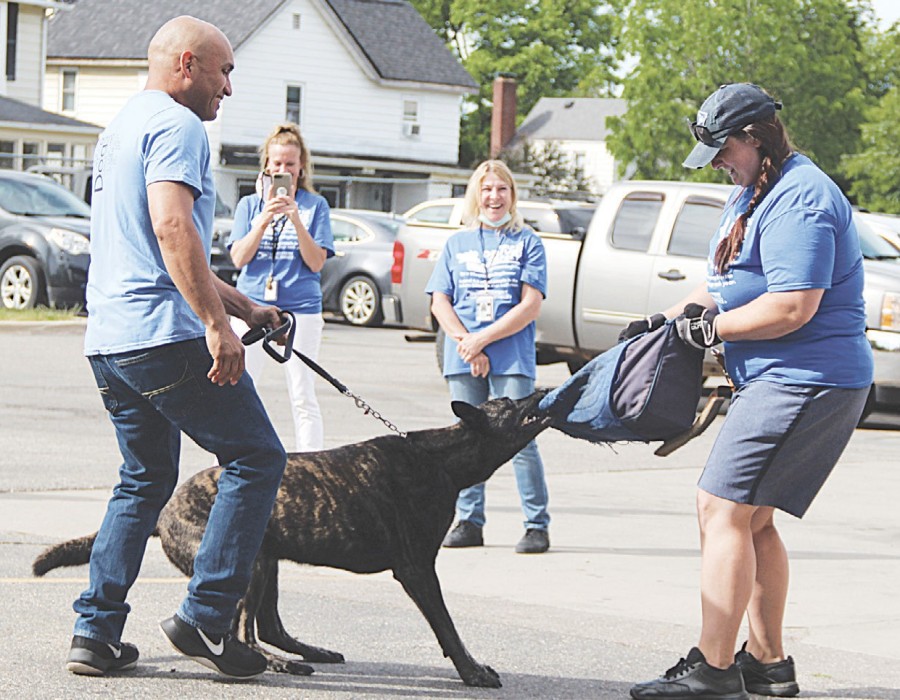While less common than in residential settings, dog bites in the workplace can still pose significant risks to employees. Whether you work in a pet store, veterinary clinic, or another industry where dogs are present, understanding the factors contributing to dog bites and implementing preventive measures is crucial.
Why Do Dog Bites Occur in the Workplace?
Several factors can lead to dog bites in a workplace setting:
- Fear and Anxiety: Dogs, like humans, can experience fear and anxiety, especially in unfamiliar or stressful situations. This can lead to defensive behavior, including biting.
- Pain or Illness: A dog in pain or feeling unwell may be more likely to bite.
- Resource Guarding: Dogs may guard resources like food, toys, or specific areas and bite if threatened.
- Socialization and Training: Poorly socialized or untrained dogs tend to exhibit aggressive behavior.
- Human Behavior: Improper handling, sudden movements, or teasing can provoke a dog to bite.
Preventive Measures to Reduce Dog Bite Risk
To employee dog bite prevention in the workplace, consider the following strategies:
1. Employee Training:
- Dog Behavior Training: Employees should be educated on canine body language and recognizing signs of stress or aggression.
- Safe Handling Techniques: Teach employees proper techniques for approaching, handling, and restraining dogs.
- Emergency Procedures: Establish clear procedures for responding to dog bite incidents, including first aid and reporting protocols.
2. Workplace Environment:
- Clear Boundaries: Designate specific areas for dogs, and ensure clear boundaries between dog and human workspaces.
- Minimize Stressors: Reduce noise levels, sudden movements, and other factors that might stress dogs.
- Regular Cleaning: Maintain a clean and hygienic environment to reduce the risk of illness and aggression.
3. Dog Management:
- Proper Socialization: Ensure that dogs used in the workplace are well-socialized and comfortable in various settings.
- Regular Veterinary Care: Keep dogs up-to-date on vaccinations and preventive care to maintain their health and well-being.
- Positive Reinforcement Training: Use positive reinforcement techniques to train dogs and build trust.
4. Incident Reporting and Investigation:
- Document Incidents: Record all dog bite incidents, including details about the dog, the employee involved, and the circumstances.
- Investigate Thoroughly: Conduct thorough investigations to identify the incident's root cause and implement corrective actions.
Businesses can create a safer workplace for humans and animals by prioritizing employee safety and implementing these preventive measures. Dog bites are often preventable, and a proactive approach can significantly reduce the risk.





Comments